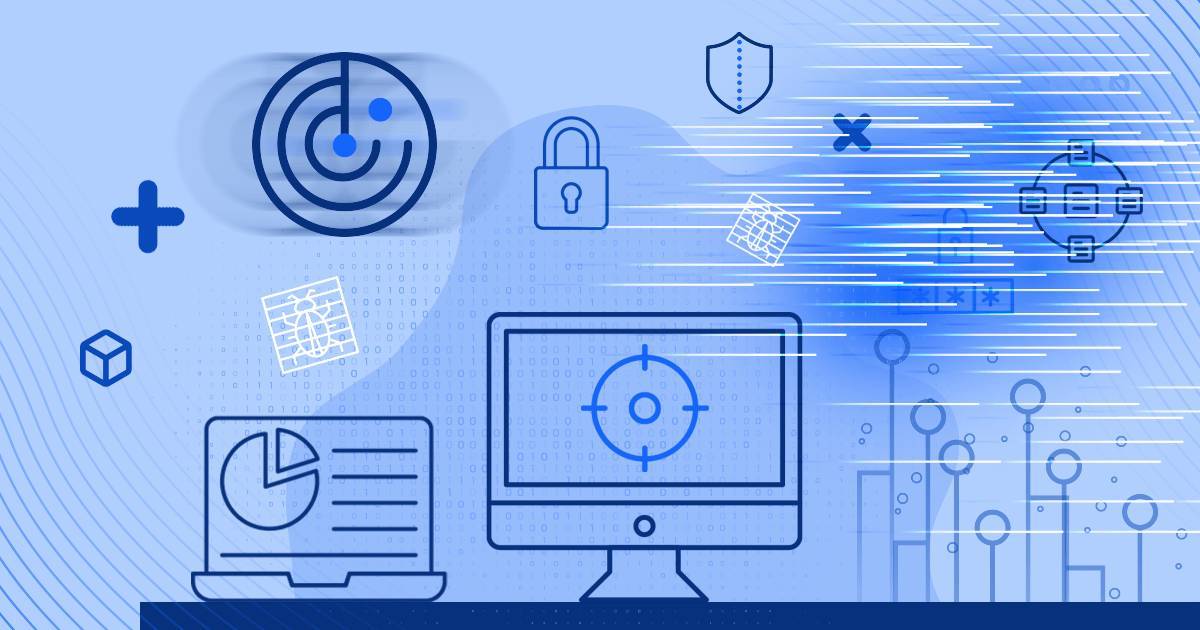Tor vs I2P vs Freenet: The Secret Cities of the Dark Web

The dark web is not a single place. It is a collection of overlapping secret cities, each with its own architecture, culture, and technology. Three main networks — Tor, I2P, and Freenet — form the backbone of this hidden universe.
Each network was created to provide:
- Anonymity from surveillance
- Freedom to access and host information
- Protection from censorship
- Resilience against shutdown attempts
Understanding these networks is like studying the maps of hidden kingdoms — each with unique laws, pathways, and dangers.
Tor: The Onion Router
Tor is the most famous of the dark web gateways. Originally developed by the U.S. Naval Research Laboratory in the mid-1990s, Tor provides both anonymous browsing and hosting capabilities through onion routing.
How Tor Works
- Onion Routing: Data is encrypted multiple times and passed through a random series of volunteer-run relays.
- Exit Nodes: The last relay decrypts the final layer and sends traffic to its destination
- Hidden Services: Special websites ending in .onion are accessible only via Tor.
Tor's structure creates a sprawling metropolis of hidden services, black markets, whistleblowing platforms, and underground forums.
Strengths of Tor
- Widespread Adoption: Millions of users and a large number of hidden sites.
- Strong Anonymity: If used correctly, Tor effectively conceals identities.
- Active Development: Supported by the Tor Project and numerous privacy advocates.
Weaknesses of Tor
- Exit Node Vulnerability: Regular (non-hidden) browsing can be monitored at the exit point.
- Centralization Risks: Dependency on a limited number of directory authorities.
- Attracts Attention: Simply using Tor can make users suspicious in heavily monitored regions.
Tor is the entry point for most new explorers of the dark web, offering vast opportunities — and risks.
I2P: The Invisible Internet Project
I2P (Invisible Internet Project) operates more like an internal hidden web rather than a way to access the surface internet anonymously. It is designed for peer-to-peer communication within its own network.
How I2P Works
- Garlic Routing: Data packets are bundled together ("garlic cloves") for added anonymity.
- Eepsites: Websites accessible only inside the I2P network.
- Decentralized Traffic: Unlike Tor’s relays, I2P routes traffic directly between users.
I2P feels like a series of connected underground tunnels — tighter, more secretive, and more community-driven.
Strengths of I2P
- Internal Services: Built specifically for hidden, private communication.
- High Resilience: Fully decentralized routing reduces the risk of surveillance.
- Efficient for Messaging: Ideal for chat services, file sharing, and internal forums.
Weaknesses of I2P
- Difficult Entry: Setup is more technical than Tor, deterring casual users.
- Limited Content: Fewer hidden sites compared to Tor.
- Isolated Ecosystem: Limited integration with the surface internet.
For users seeking pure hidden communication with minimal external exposure, I2P offers a quieter refuge.
Freenet: The Library in the Shadows
Freenet was designed with a singular mission: resist censorship at all costs. It operates as a distributed, peer-to-peer data store where users host encrypted fragments of files.
How Freenet Works
- Distributed Data Storage: Users contribute hard drive space to store encrypted pieces of files.
- Darknet Mode: Connect only to trusted friends for enhanced security.
- Freesites: Static websites distributed across the network.
Freenet feels less like a city and more like an enormous underground archive — less about real-time interaction, more about preserving forbidden knowledge.
Strengths of Freenet
- True Censorship Resistance: No central server can be shut down to erase content.
- Permanent Archives: Once uploaded, data can persist indefinitely.
- Anonymity by Default: Users cannot easily track where files originate.
Weaknesses of Freenet
- Slow Access: Retrieving data across distributed nodes can be sluggish.
- Limited Interactivity: Freenet is better suited for static content rather than dynamic sites.
- Niche Usage: Small community with limited active development.
For those seeking to store or retrieve censored books, banned research, or forbidden political content, Freenet offers unmatched durability.
Choosing Your City: Which Network Fits Which Explorer?
Different secret cities attract different types of residents, depending on needs, skills, and goals.
Choosing the Right Network
- Tor: Best for newcomers, journalists, whistleblowers, and those wanting a broad hidden ecosystem.
- I2P: Ideal for privacy purists, encrypted messaging, and tightly knit communities.
- Freenet: Perfect for archivists, information warriors, and digital preservationists
Some seasoned users traverse all three networks, adapting their tools and identities as they move through these invisible realms.
